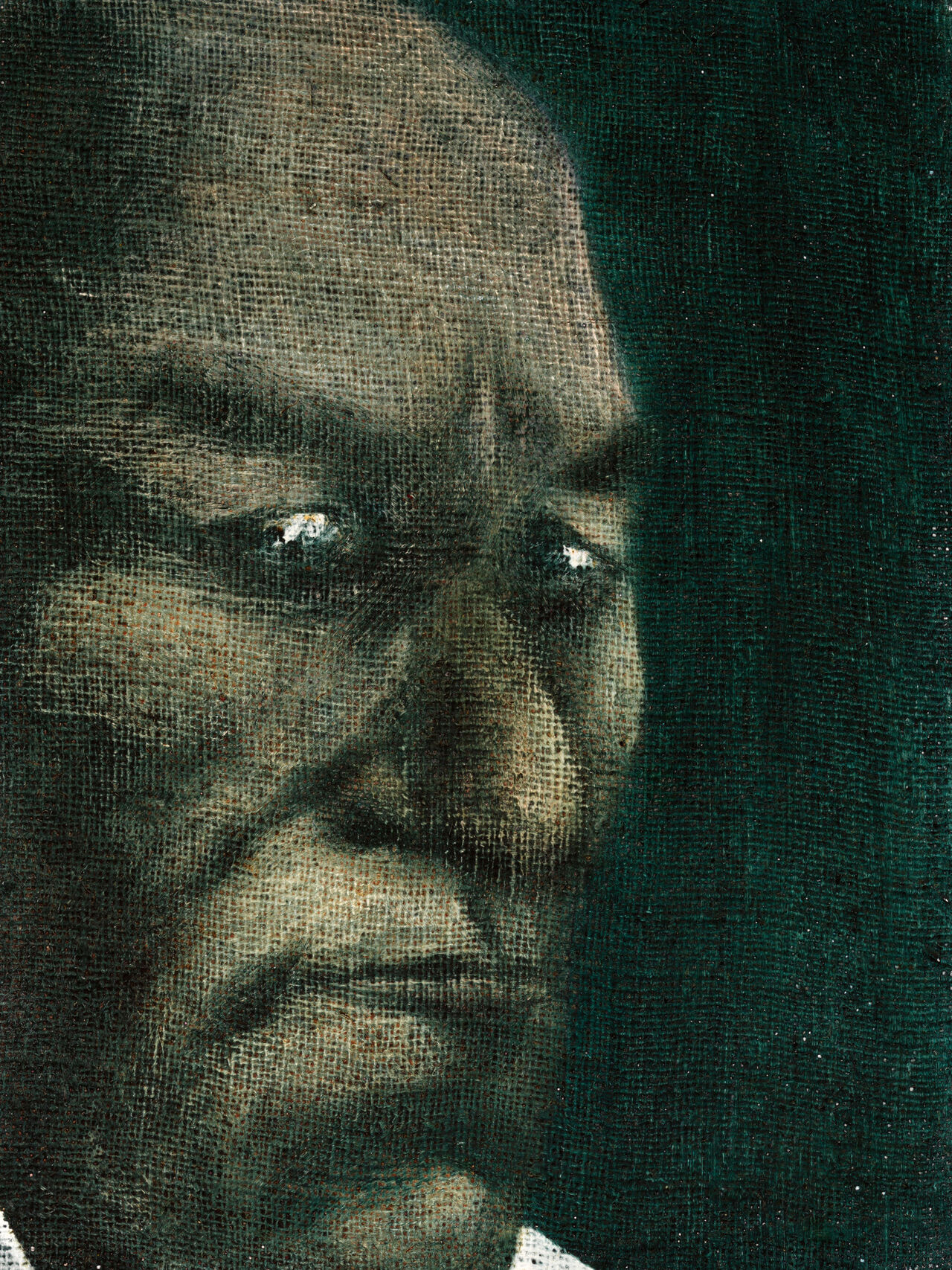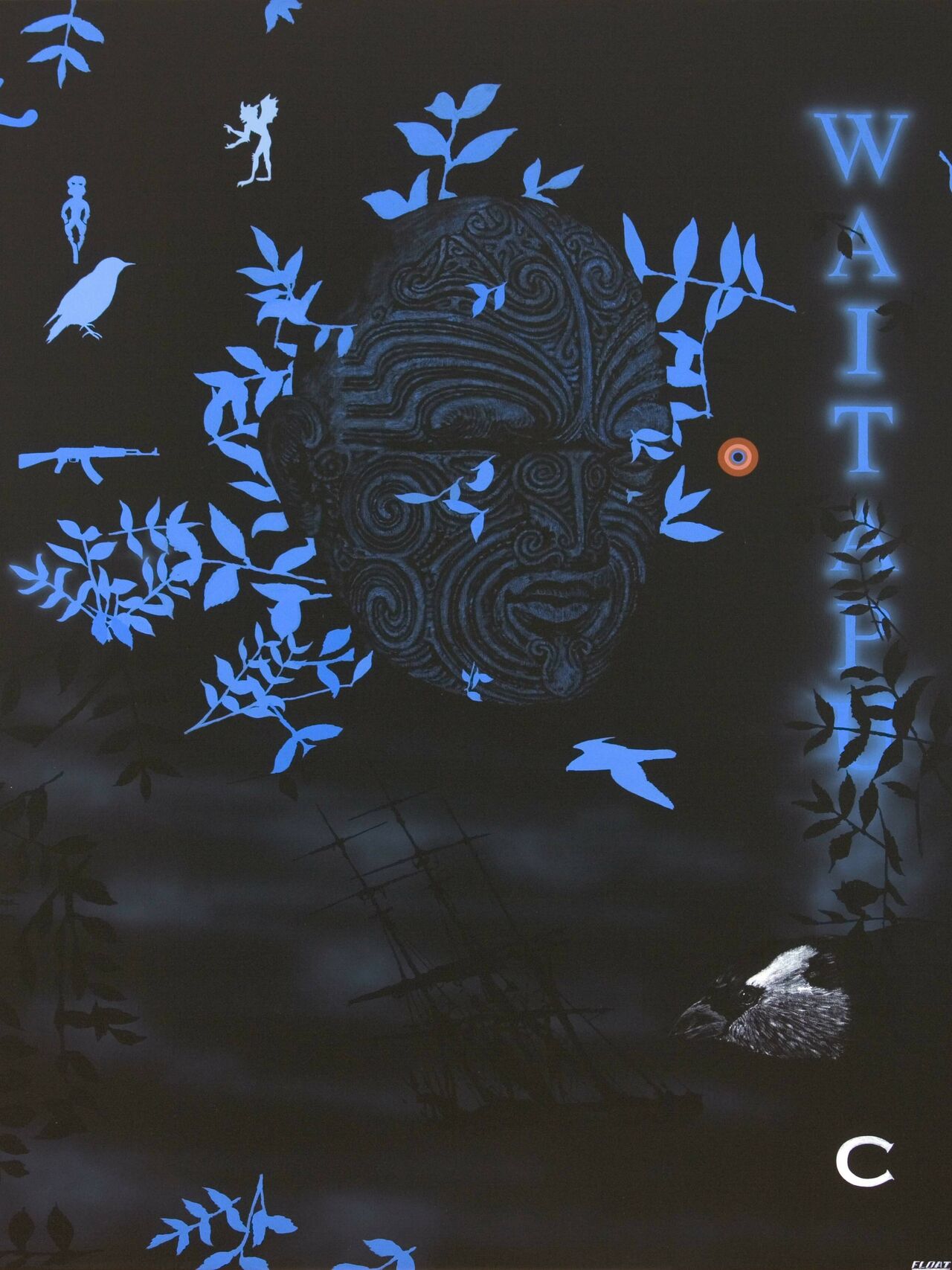Michael Smither 'The Diver'
Linda Tyler
Essays
Posted on 30 September 2025
Painted when the artist was 35 years old, Diver is a consummately executed Smither work. By this stage he had removed all signs of painterly gesture from his work, which appears polished with an immaculate surface. Tightly framed, with the subject isolated, enlarged and centred in the painting as if viewed through a telephoto lens, it is as arresting in its treatment of the form as it is dynamic in its composition. Modelled by strongly direction light coming from an unseen source to the right, the figure appears as if sculpted. In conversation with writers Jim and Mary Barr in 1984, Smither remarked “I’ve always treated oil paint like a modelling clay…it’s not a fluid medium, it’s a plastic medium.” The 1970s was a period in which the artist was driven to simplify his approach, leading to compositional reduction and a clear focus on form. Tension continued to characterise his paintings.
As a figurative artist continually working with the human body, Smither became fascinated by mass media publication of sports photography showing athletes in action. By the 1970s, cameras had developed to have motorised shutters which could take multiple images per second, capturing every stage of the action in a game, race or performance. Reproduced in black and white or colour, these high-speed freeze frames were compelling in their ability to stop time, making movements that happened too fast to be properly appreciated by the human eye eternally enduring. Smither appropriated these found images to construct his paintings, noting that he “…never believed in the eye of the artist having anything to do with the way a camera does things. To me you walk around something when you are going to paint it and see if from all angles.” Here the silhouetted form epitomises that three-dimensionality, appearing like a spindle suspended in mid-air, human but curiously otherworldly.

Diving was included in the Olympics for the first time in 1904 with women taking part from 1912, typically catapulting from platforms elevated 10 metres – the height of a three-storey building – above water. Imagine the potential for damage as soft human bodies hit the hard water at around 50 kilometres per hour. Here, Smither depicts the female diver cutting through the air like a knife, engrossed in a straight dive with her eyes closed. It is a just an instant when she has surrendered to gravity, and she stretches out her body, arms and legs to minimise resistance. He exaggerates her androgyny, with a rubber cap covering her hair, and streamlining her figure to make it seem even more aerodynamic. Her face appears unreadable as if in a dream state or in prayer, about to hit the water and have a rude awakening.


